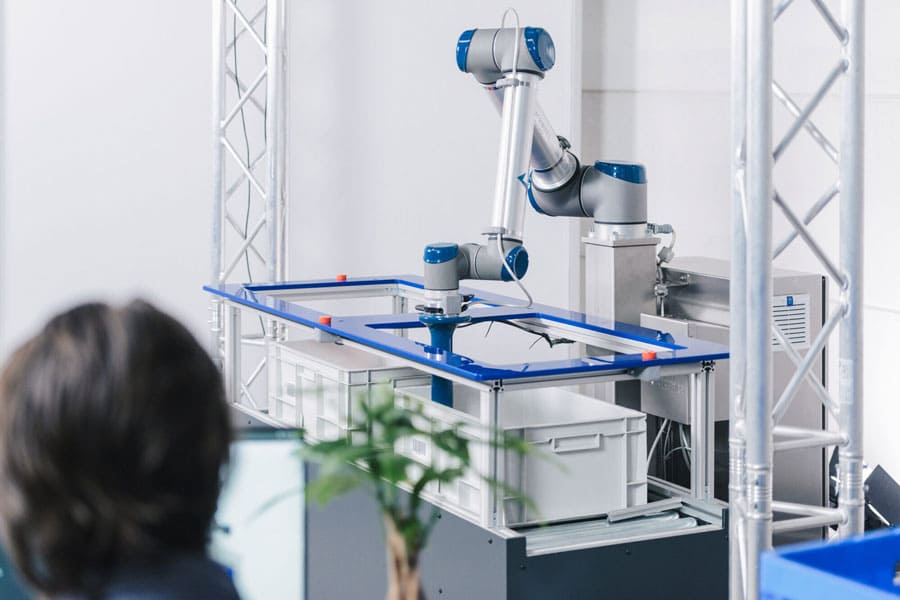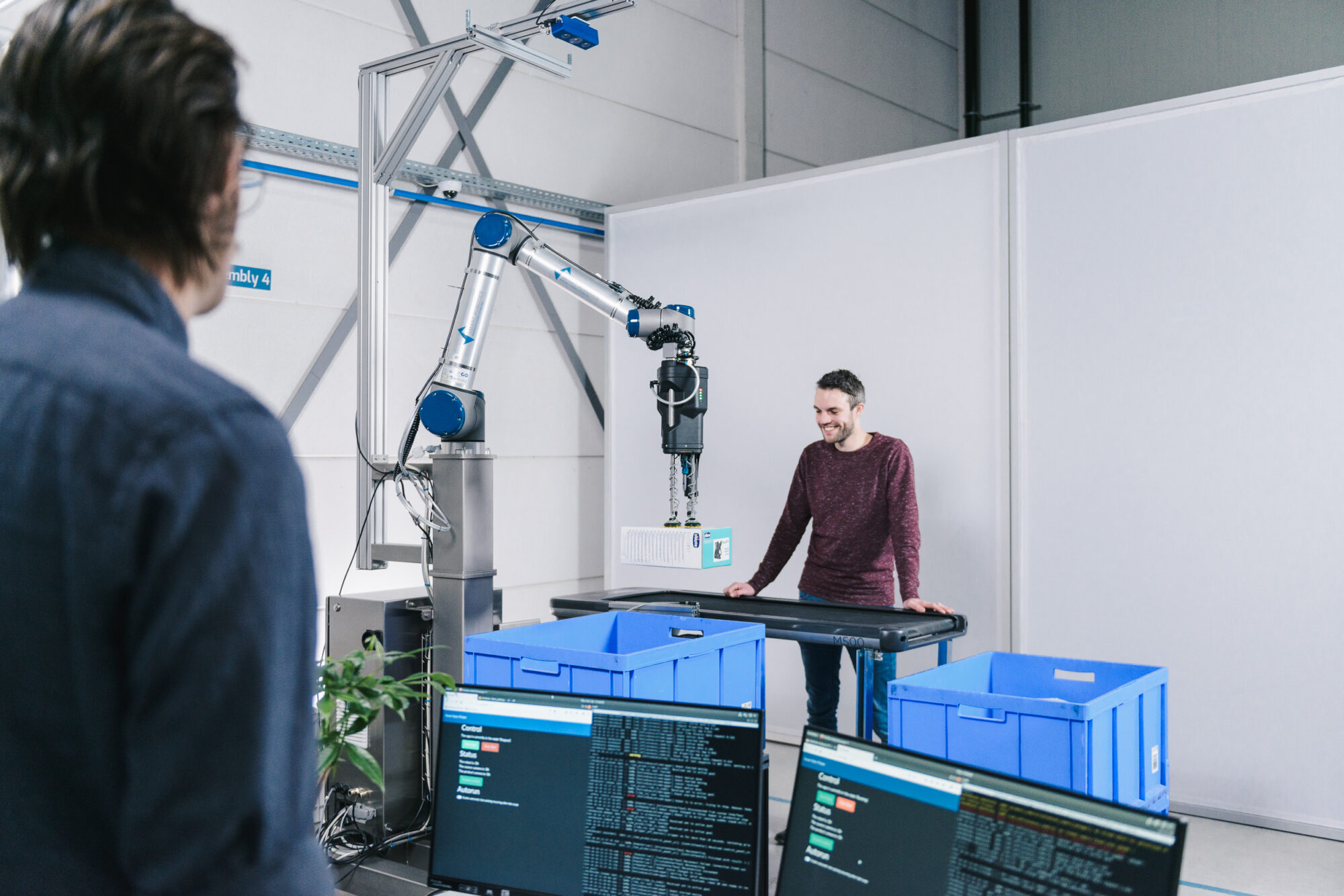Managing employee resistance to robots – part 3: engage your employees
In the first two blogs of ‘managing employee resistance to robots’ we have talked about where resistance comes from and why communication is key. However, besides transparent communication on why and how the change is happening, you should also engage your employees in the change process. This blog will discuss why engaging and training your employees is important to prevent and manage resistance to robots.
Actively engage your employees in robot implementation
Research shows that when it comes to a change such as implementing robots in your warehouse, engaging your employees in the change process is of great importance
- Employees who are actively involved in the process feel heard, valued, empowered, cared for and part of a team, reducing their resistance. Encourage your employees to voice their opinion, concerns and questions and respond honestly. If possible, include end-users such as the operators who will work with the robots in decisions, even when it is just through a survey. People who feel heard and empowered are more likely to view a change in a positive light.
- In addition, engaging your employees can give you valuable information on any thoughts, concerns and suggestions employees have. This may help pinpoint the roots of your employees’ resistance and show you where the change process may need adjusting.
- Once the change is implemented, such as the installation of a robot in your production process, employees can give you feedback on its performance and how it can be improved.
Train your employees to overcome fear and develop new skills
Automation developments often result in changing jobs and roles. Employees may believe their skills are not relevant or sufficient for these changing jobs, making them feel powerless, threatened and increasing their resistance to these changes. In addition to clear communication and engaging your employees, it is important to help your employees through the change process and ensure they are ready for the future. If possible, invest in upskilling and training sessions for your employees to ease the transition and make employees feel more positive and confident about the implementation of new automation technologies. For example, a training can help your operators learn how to work together efficiently with their new robot ‘colleague’.
Looking back at what has been discussed throughout the series ‘how to manage employee resistance to robots’, open communication and engagement is key. To be able to achieve this level of open communication and engagement, it is important that organizational leaders themselves have a clear understanding of what the implementation of robots means for their organization and how it will impact their employees. Once that is clear, you can start working on your change management plan to make sure that the process of implementing robots in your warehouse runs in the smoothest way possible with little to no resistance from your employees.



